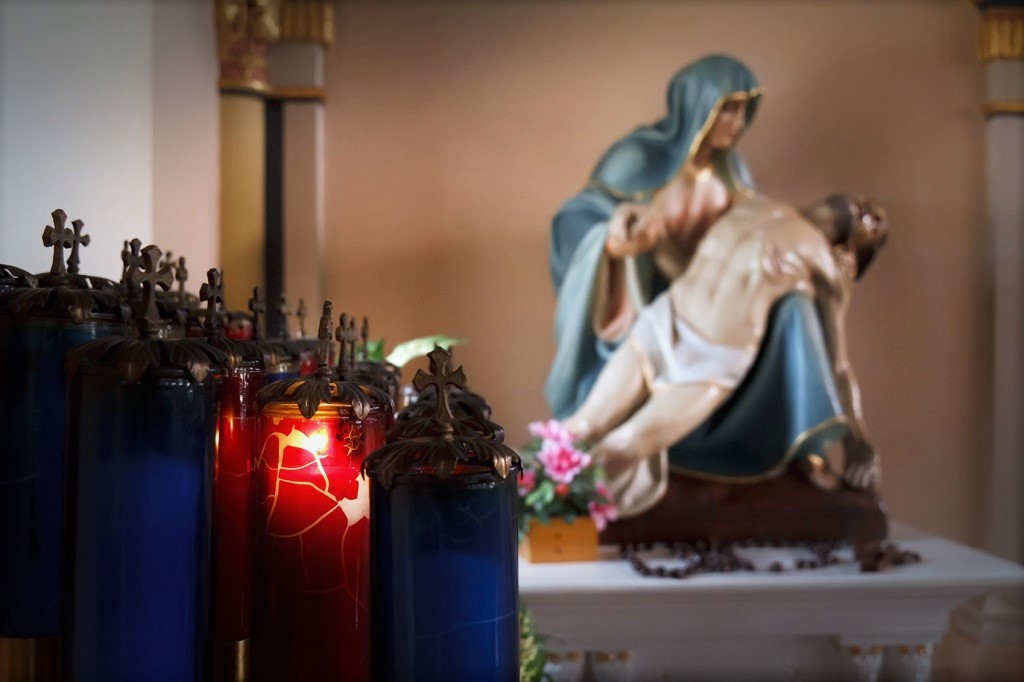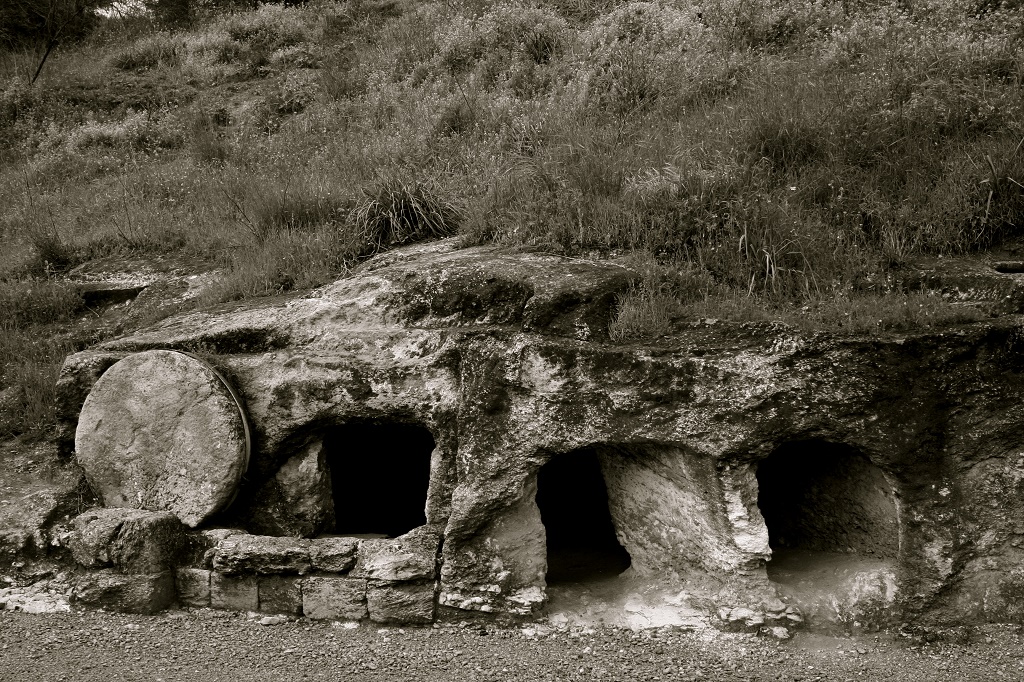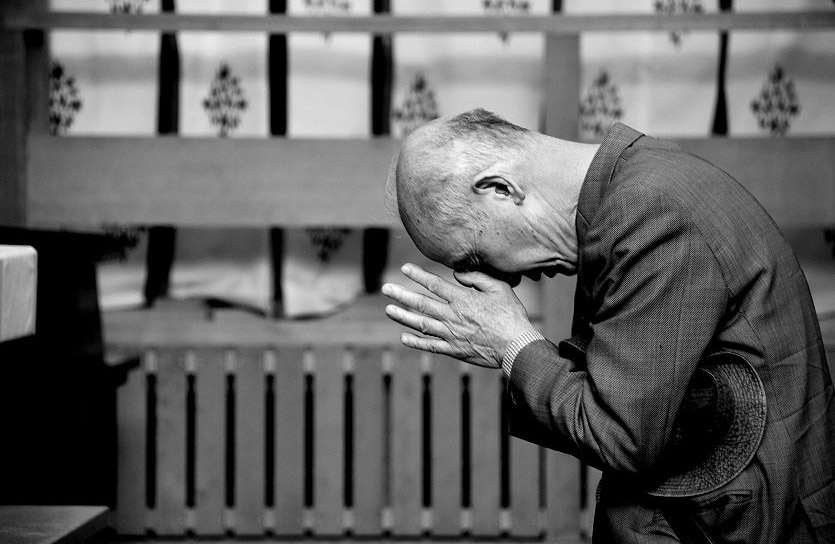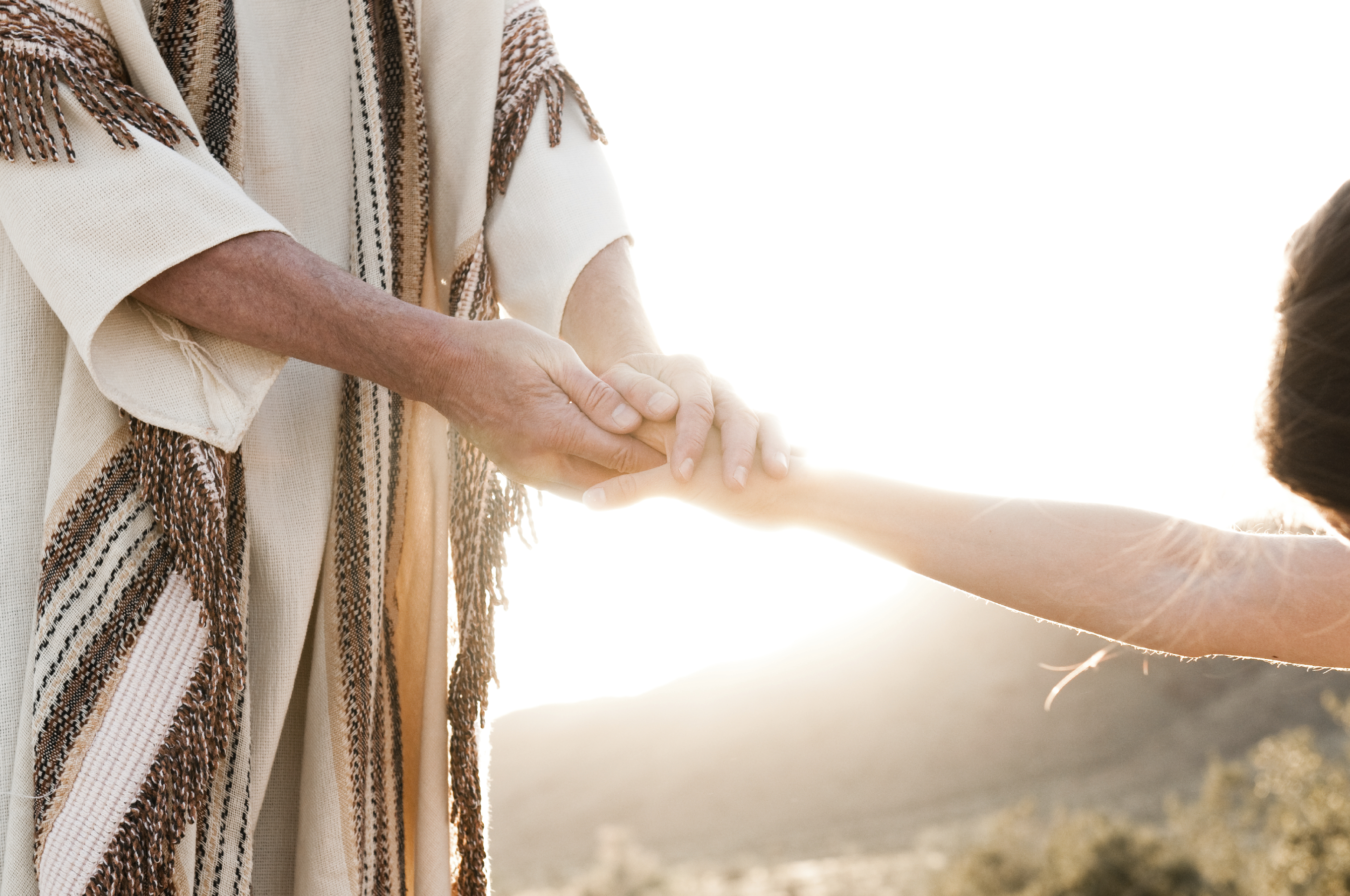In Luke, chapter 9, Jesus sends the twelve apostles on a mission. They had been given authority over demons, the ability to cure illness, and are to preach the Good News.
Now, this is a tall order. Even knowing that it is the Messiah who has given them these abilities, and that He has done all these things Himself in their presence, one would think the apostles might still be a bit, well, nervous. To say the least.
Then Jesus adds this: “Take nothing for the journey, neither walking stick, nor sack, nor food, nor money, and let no one take a second tunic.”
“Take nothing for the journey.” Most of us can’t even go away for the weekend without two suitcases. Luke does not disclose what the apostles were thinking at this point, but one might imagine something like this: “What?? We can’t even take any food? This is crazy!”
And in one sense, it is. In other places in Scripture, those who plan well are held in high esteem. In our way of thinking, it is foolish to head off on a journey ill-prepared.
But this is not our way; it is God’s. And while God’s way is always perfect, sometimes it looks a little crazy to us.
Imagine, God gives the responsibility of parenthood to a mother and father who are self-centered, immature, and who believe they are prepared because they’ve read some books.
God sent His people into the desert from Egypt, freeing them from slavery. Then He let them wander for 40 years, with virtually nothing.
A family gathers around the bedside of a dying parent, not yet ready to see that person go. They aren’t prepared for this next phase of their family’s life.
The Messiah Himself was born, not in grandeur, surrounded by all the lovely niceties a Prince should have, but in a stable. With hay. And some scraps of cloth.
Our Lenten journey is just beginning. Might God be calling us to begin with nothing, to trust wholly in Him this Lent? We may be burdened by belongings; clean house, literally! Perhaps we are weighed down by sin; go to Confession! Maybe our burden is an old wound with a friend or family member; now is the time to reach out and make amends.
Despite any misgivings the Twelve had, off they went, obedient to the Master. Let us do the same this Lent.












